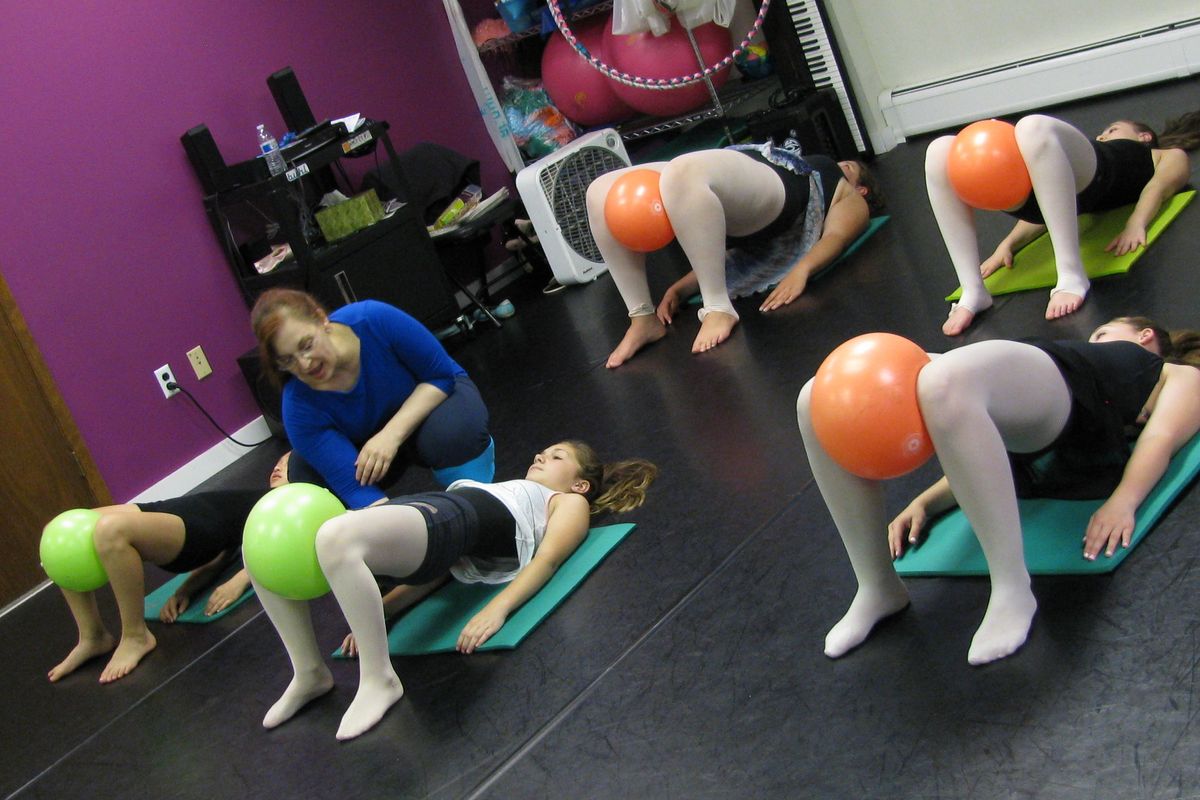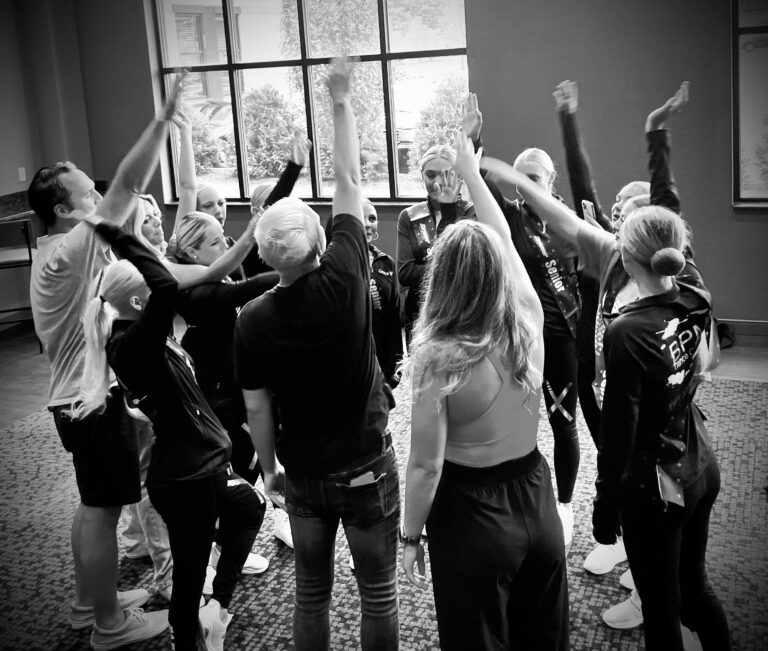
With a career spanning 30-plus years in the dance field, Anneliese Burns Wilson has cultivated a unique perspective on health and injury prevention for dancers. From teaching ballet to teaching anatomy, she then founded ABC for Dance, which publishes dance-teaching materials. Now through research for her next book, which will focus on training the female adolescent dancer, she’s delving even deeper into topics many dance teachers have overlooked.
Dance Teacher: What do teachers miss about training teenage dancers?
Anneliese Burns Wilson: Teenage years seem to be the time when we push dancers to do more and more hours, but it’s actually the time when the body needs to be pulled back and not pushed as hard. Part of what they miss is how at-risk dancers at this age are for overuse injuries because of the way bones grow during puberty. Their hormones and ligaments change, so when kids are going through these growth spurts, bones are more vulnerable. They’re more susceptible to stress fractures, among other issues, than when they’re younger.
DT: How can we avoid overtraining during this vulnerable time?
ABW: Instead of working on jumps all the time, make sure to alternate exercises. It’s a good time to work on alignment, balance between strength and mobility, as opposed to pushing the stretching. Put in floor barre or conditioning classes that aren’t necessarily dance-based but act as cross-training, so they don’t wind up with overuse injuries. It’s also a really good time to work on things like stage presence and character classes, more artistic things, so it gives their body a little break from all the pounding.
DT: That’s all well and good, but what about during competition season?
ABW: Focus on scheduling a more steady load of rehearsals instead of huge rushes. I know that’s hard sometimes because you’re bringing in guest teachers and there’s only a certain amount of time.
Try monitoring the total number of hours kids are training between class and competition. While they’re doing heavy choreography, use class time to work on more basic technique that focuses on stabilization and alignment. Also, look at the balance of your choreography. Looking at the front, back, right, left balance and make sure you’re doing work that’s equal on both sides. Lots of people are very flexible on their right side and not as much on the left, which can be neglected, unless you’re in class.
But if you’re rehearsing a number for 10 hours and all the complicated choreography or tricks are dominant to one side, it can be dangerous if you’re not doing something to counter that. Try reversing the choreography just as an exercise, not for execution, so they are getting the work on both sides. And when you’re cleaning up choreo, they don’t have to be working full-out.
Sometimes I’ll have students sit on the floor and put on the music and have them just do arms and head and upper body. Because a lot of times they get lost in the feet, it’s a good time to check in that they know everything, while also giving part of the body a rest.




